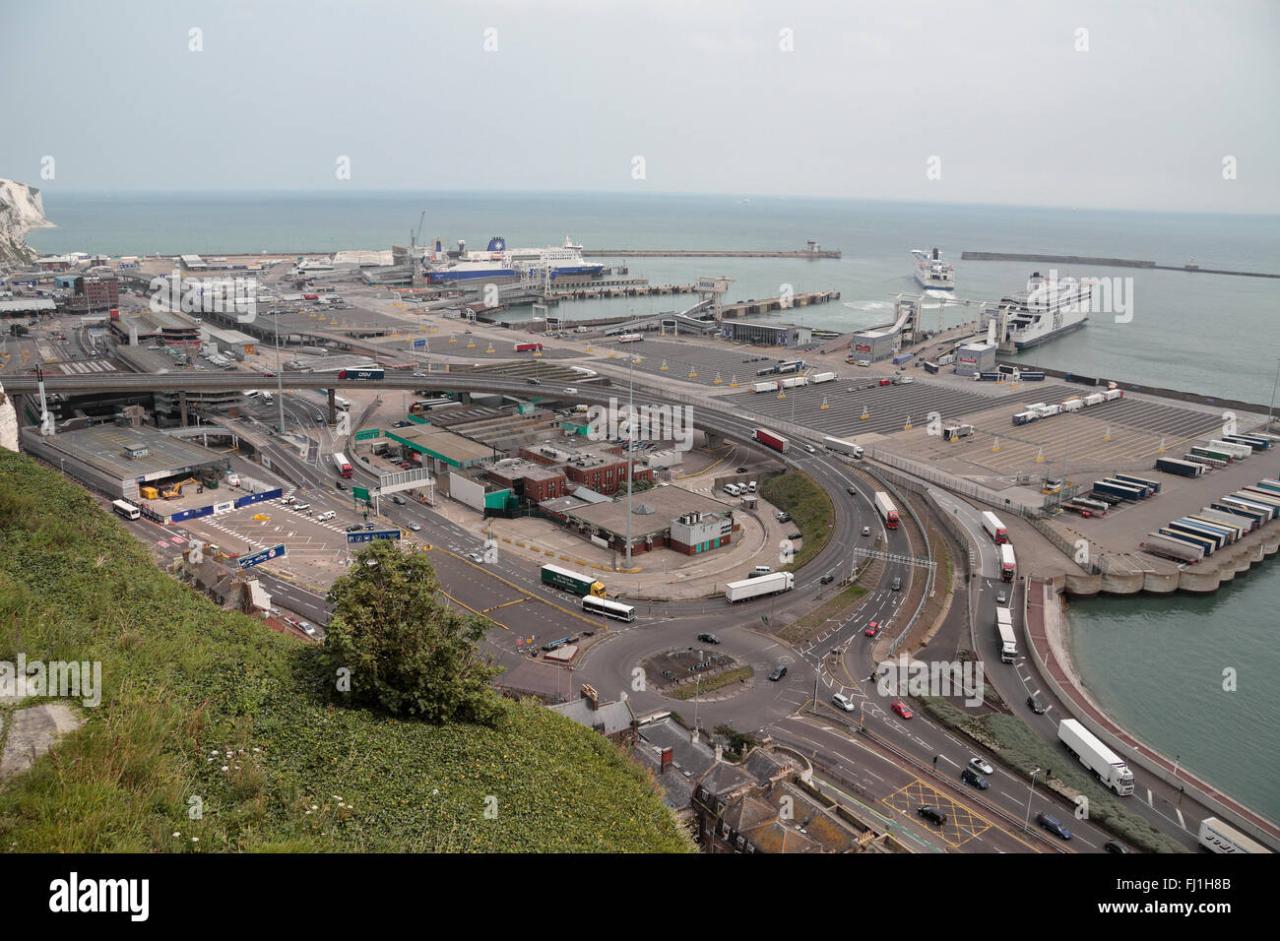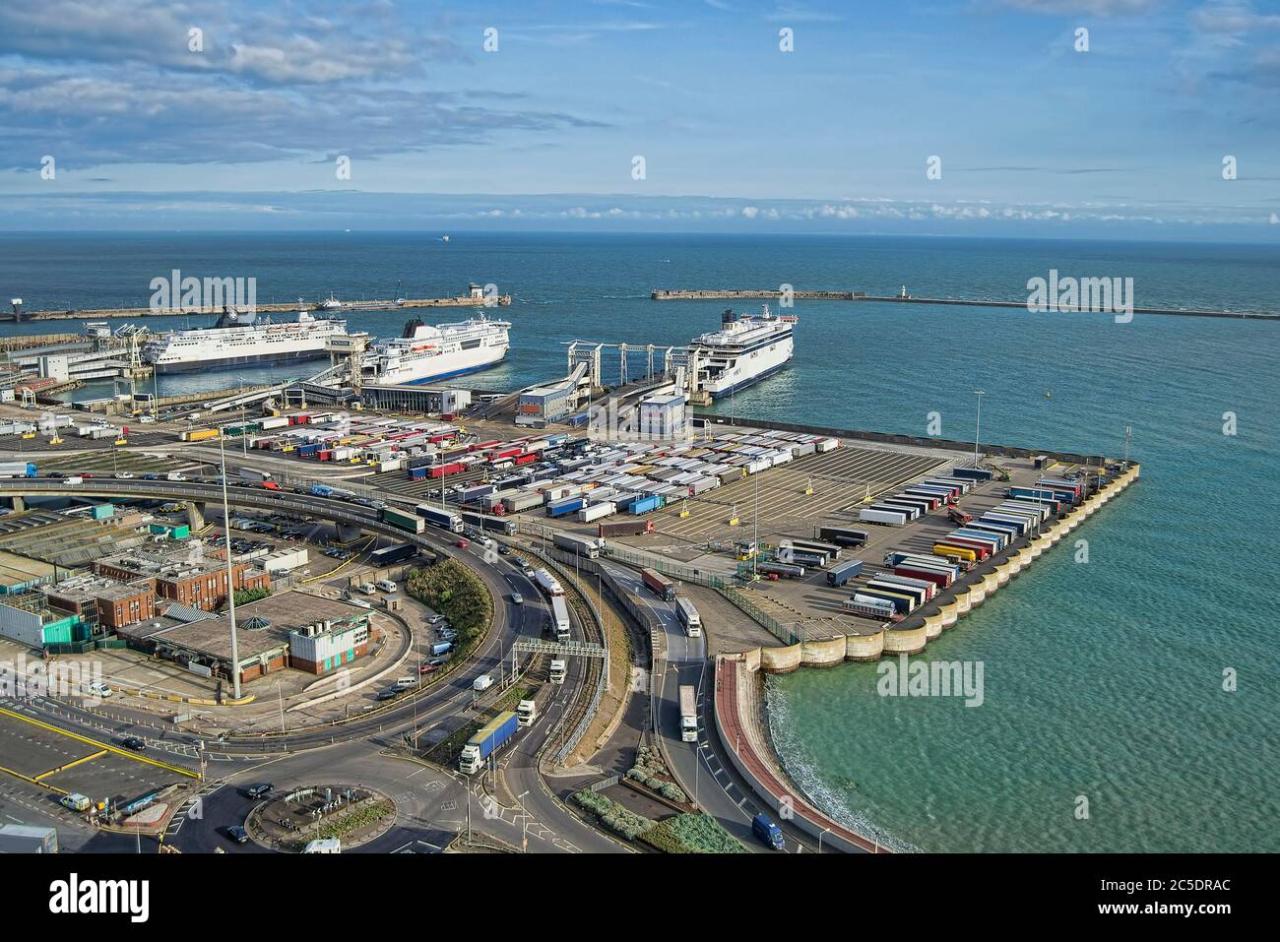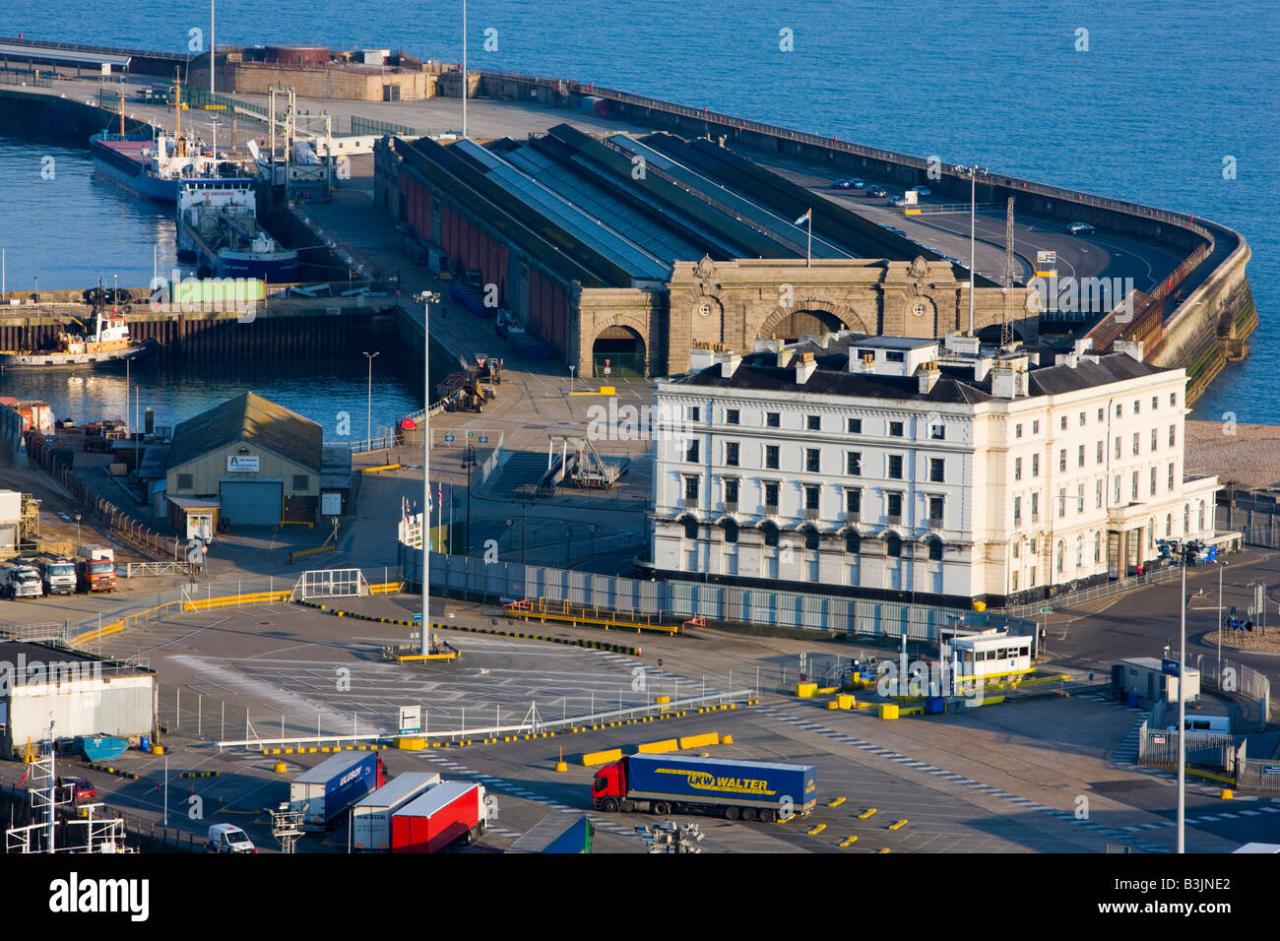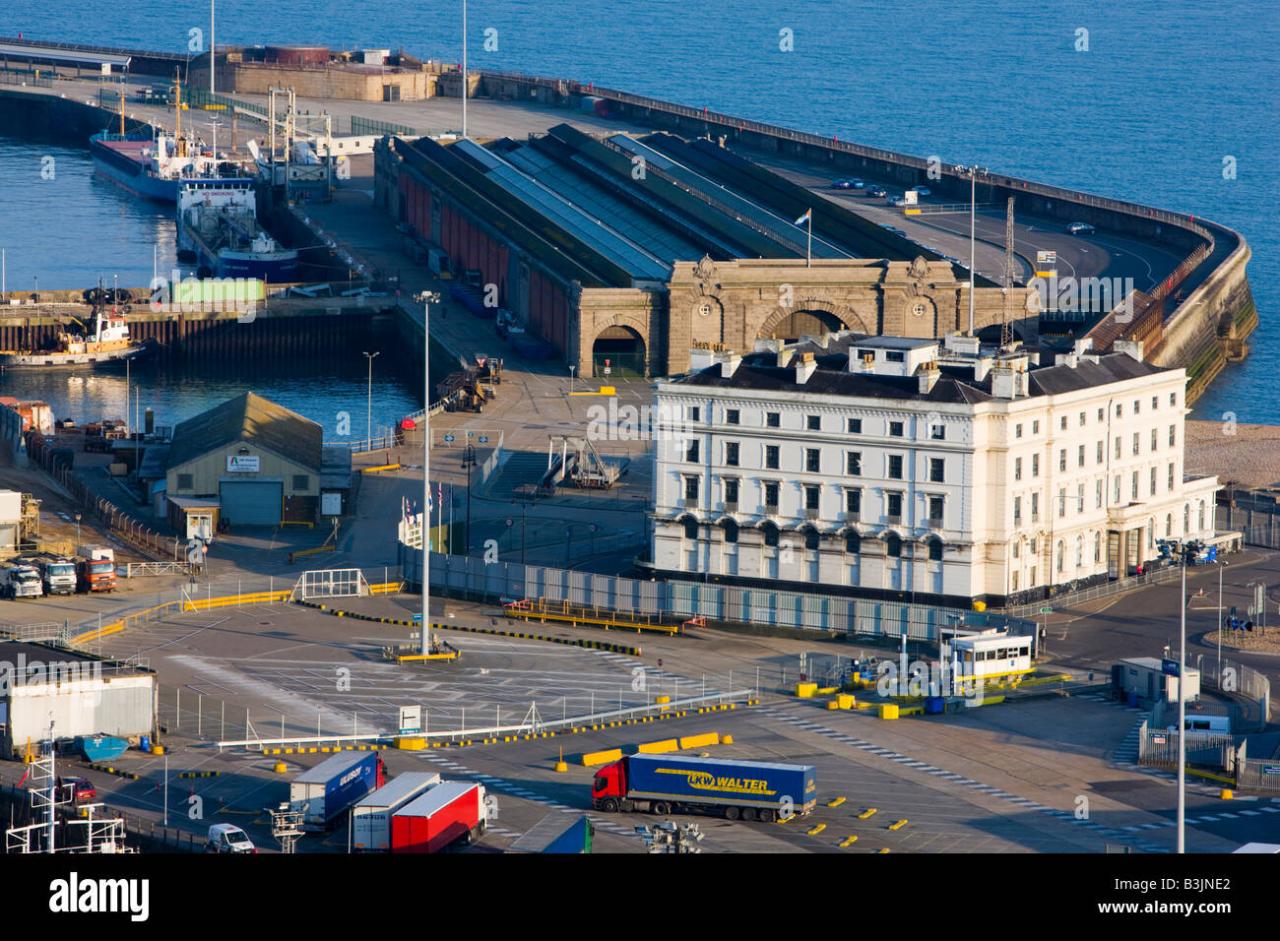Port Dover camera systems play a multifaceted role in the town’s security, traffic management, and overall community well-being. From discreet security cameras monitoring businesses to strategically placed traffic cameras ensuring smooth flow, these technologies impact daily life in various ways. This exploration delves into the different types of cameras used, their locations, legal implications, and the broader societal effects on Port Dover residents and visitors alike.
We’ll examine both the benefits and drawbacks, considering privacy concerns and the overall impact on the community’s sense of safety and security.
Understanding the nuances of camera deployment in Port Dover requires a balanced perspective. This analysis aims to provide a comprehensive overview, considering technical specifications, legal frameworks, and community perceptions to offer a complete picture of how these technologies shape the town’s landscape and social dynamics.
Port Dover Camera Locations and Types
Understanding the deployment of surveillance cameras in Port Dover requires examining their locations, types, and coverage. This section details the common placement strategies and the diverse technologies employed.
Camera Locations in Port Dover
Cameras in Port Dover are strategically positioned to maximize surveillance effectiveness. Common locations include high-traffic areas like the main streets, the harbourfront, and popular tourist spots. Business establishments also frequently install security cameras on their premises. Intersections with a history of traffic incidents often feature traffic monitoring cameras. Some cameras may be discreetly placed in less obvious locations to deter criminal activity.
Types of Cameras Used
Port Dover likely utilizes a variety of camera technologies, each suited to different surveillance needs. These include CCTV (Closed-Circuit Television) cameras, IP (Internet Protocol) cameras, and potentially more advanced systems like those incorporating analytics or facial recognition.
Camera Placement and Coverage
Camera placement considers factors such as field of view, blind spots, and lighting conditions. For example, cameras at intersections provide wide coverage of traffic flow, while those on business premises focus on specific areas like entrances and cash registers. Cameras with pan, tilt, and zoom (PTZ) capabilities offer greater flexibility in adjusting coverage areas.
Comparison of Camera Types
| Camera Type | Resolution | Features | Typical Location |
|---|---|---|---|
| CCTV Camera | 720p – 1080p | Analog signal, relatively low cost | Business premises, residential areas |
| IP Camera | 1080p – 4K | Digital signal, remote access, advanced analytics | High-traffic areas, intersections |
| PTZ Camera | 1080p – 4K | Pan, tilt, zoom capabilities, remote control | Harbourfront, large public spaces |
| Thermal Camera | Variable | Detects heat signatures, effective in low-light conditions | Perimeter security, critical infrastructure |
Legal and Privacy Aspects of Port Dover Cameras
The use of surveillance cameras in Port Dover, like elsewhere, necessitates a careful consideration of legal and ethical implications, particularly concerning privacy.
Legal Framework Governing Camera Use
The legal framework governing camera use in public spaces in Port Dover aligns with Ontario’s privacy laws and broader Canadian legislation. This involves considerations around data collection, storage, and access. Businesses must adhere to relevant privacy regulations, ensuring transparency and lawful data handling practices.
Privacy Concerns and Public Surveillance
Public camera surveillance raises valid privacy concerns. The potential for unwarranted monitoring, data breaches, and misuse of personal information necessitates robust safeguards. Balancing public safety with individual rights requires careful consideration and adherence to ethical guidelines.
Impact on Individual Rights and Freedoms
Extensive camera surveillance can potentially impact individual rights and freedoms, particularly the right to privacy. Overly intrusive surveillance could create a chilling effect on freedom of expression and assembly. The need for transparency and accountability in camera deployment is paramount.
Hypothetical Privacy Policy for a Business
A hypothetical privacy policy for a Port Dover business using cameras might include clear statements about camera placement, data retention periods, access controls, and procedures for handling data breaches. It would emphasize the purpose of surveillance (e.g., security, loss prevention) and the measures taken to protect individuals’ privacy.
Port Dover Camera Usage and Applications
Cameras in Port Dover serve multiple purposes, enhancing security, managing traffic, and supporting community events.
Security Applications
Cameras contribute to security by deterring crime, assisting in investigations, and providing evidence in case of incidents. They can monitor businesses, public spaces, and residential areas, improving overall safety.
Traffic Management and Monitoring
Traffic cameras aid in monitoring traffic flow, identifying congestion points, and assisting in accident investigations. This contributes to smoother traffic management and improved road safety.
Tourism and Community Events
Cameras can be used to document community events, festivals, and tourist attractions. This provides valuable visual records and promotes tourism.
Benefits and Drawbacks of Camera Use
- Benefits: Enhanced security, improved traffic management, crime deterrence, evidence gathering, tourism promotion.
- Drawbacks: Privacy concerns, potential for misuse, cost of implementation and maintenance, potential for creating a sense of unease.
Technical Specifications and Capabilities of Port Dover Cameras
The technical specifications of cameras deployed in Port Dover vary depending on their purpose and location. This section explores typical specifications and technological capabilities.
Typical Technical Specifications

Cameras may range from standard definition to high-definition (HD) or even 4K resolution. Features like night vision, zoom capabilities, and weatherproofing are common. The choice of technology (e.g., CCTV vs. IP) impacts features and capabilities.
Comparison of Camera Technologies

CCTV cameras are generally less expensive but offer limited functionality compared to IP cameras, which provide features like remote access, digital zoom, and advanced analytics. IP cameras are often network-connected, allowing for centralized monitoring and management.
Improving Public Safety and Security
Advanced camera technologies, such as those with facial recognition or analytics, can significantly improve public safety and security by identifying potential threats and facilitating faster response times to incidents. Real-time monitoring and alerts can enhance situational awareness for law enforcement.
Visual Representation of Field of View
Imagine a diagram showing three circles of varying sizes, representing the field of view of different camera lenses. A small circle represents a narrow field of view (telephoto lens), a medium-sized circle represents a moderate field of view (standard lens), and a large circle represents a wide field of view (wide-angle lens). Each circle is labeled with the corresponding lens type and approximate angle of view (e.g., 20°, 50°, 100°).
Impact of Port Dover Cameras on the Community
The presence of surveillance cameras in Port Dover has a multifaceted impact on the community, influencing crime rates, perceptions of safety, and community engagement.
Impact on Crime Rates and Public Safety
Studies have shown mixed results regarding the impact of CCTV on crime rates. While some studies suggest a deterrent effect, others show little or no impact. The effectiveness depends on factors like camera placement, quality, and integration with other crime prevention strategies.
Effect on Community’s Sense of Security
The presence of cameras can enhance a community’s sense of security, particularly in areas with high crime rates. However, excessive surveillance can also create feelings of being watched and potentially infringe on personal freedoms.
Community Perceptions of Camera Use, Port dover camera
Community perceptions regarding camera use are varied. Some residents may welcome the enhanced security, while others express privacy concerns. Open dialogue and community engagement are crucial for addressing these differing perspectives.
The Port Dover camera network, while generally reliable, highlights the increasing need for robust surveillance systems. Incidents like the recent drone crashes in New Jersey , underscore the potential for unexpected aerial interference. Therefore, continued investment in advanced technologies for Port Dover’s camera system is crucial for maintaining both security and operational efficiency.
Hypothetical Public Forum

Imagine a public forum in Port Dover’s town hall, with residents, business owners, law enforcement officials, and municipal representatives present. A lively discussion ensues, with residents expressing concerns about privacy versus the need for security. The police chief highlights the cameras’ role in crime prevention, while a privacy advocate emphasizes the importance of data protection and transparency. The mayor facilitates the discussion, aiming to find a balance between public safety and individual rights.
In conclusion, the use of cameras in Port Dover presents a complex interplay of security, privacy, and community well-being. While cameras undoubtedly contribute to crime prevention and traffic management, careful consideration of ethical and legal implications is paramount. Open dialogue and transparent policies are crucial to fostering trust and ensuring the responsible use of surveillance technology, ultimately balancing public safety with individual rights.
The ongoing conversation surrounding Port Dover’s camera systems highlights the need for continuous evaluation and adaptation to best serve the community’s needs.
The Port Dover camera network, while primarily focused on local traffic and community events, occasionally captures unexpected occurrences. For instance, the recent news about a drone being shot down in NJ, as reported in this article drone shot down in nj , highlights the increasing concerns about unauthorized aerial activity. This incident underscores the importance of robust surveillance systems, such as the one in Port Dover, for monitoring airspace and ensuring public safety.
Question Bank
What types of data do Port Dover cameras typically record?
This varies depending on the camera type and its intended use. Generally, they record visual data, potentially including timestamps and location data.
How long is data from Port Dover cameras typically stored?
Data retention policies vary depending on the camera owner and the applicable laws. Some data may be stored for short periods, while other data might be retained for longer durations for investigative purposes.
Who has access to the footage recorded by Port Dover cameras?
Access is typically restricted to authorized personnel, such as law enforcement or designated security personnel. Access protocols should adhere to relevant privacy laws and regulations.
Are there any public viewing areas for Port Dover camera footage?
Generally, no. Public access to surveillance footage is usually limited to protect individual privacy and prevent misuse of the data.
